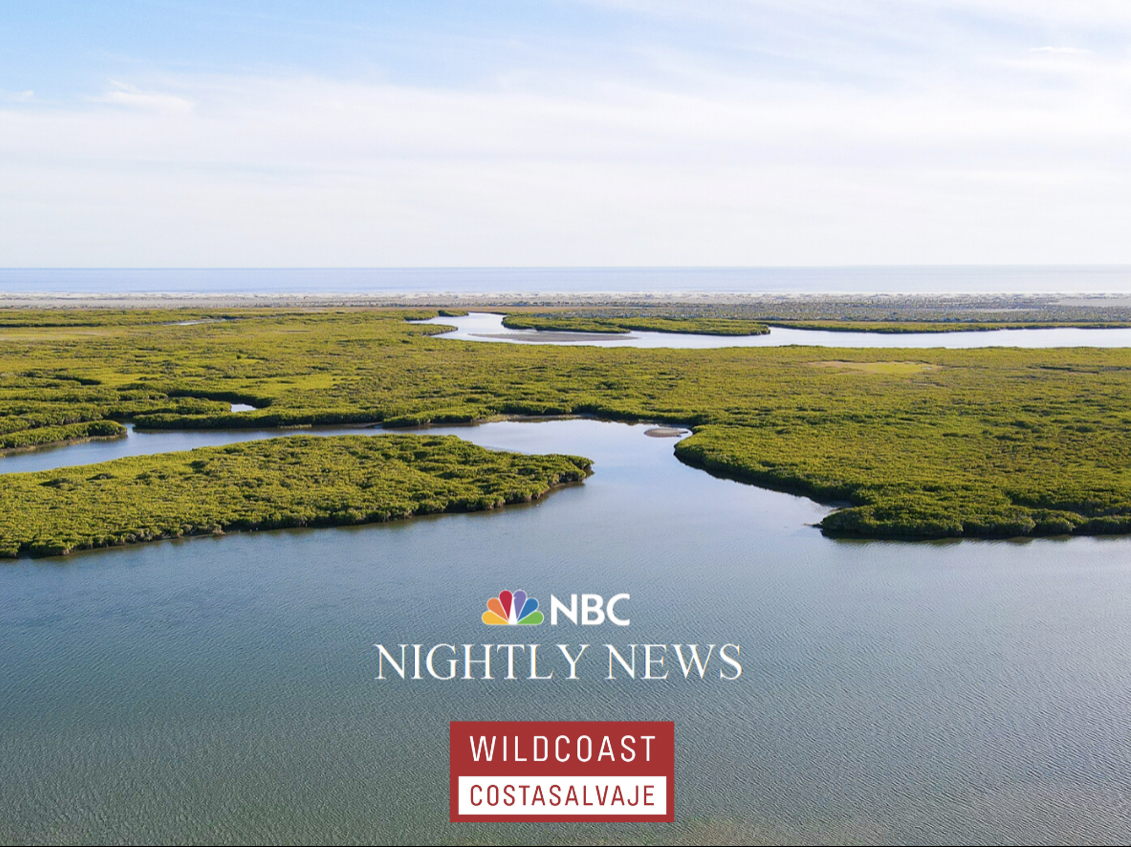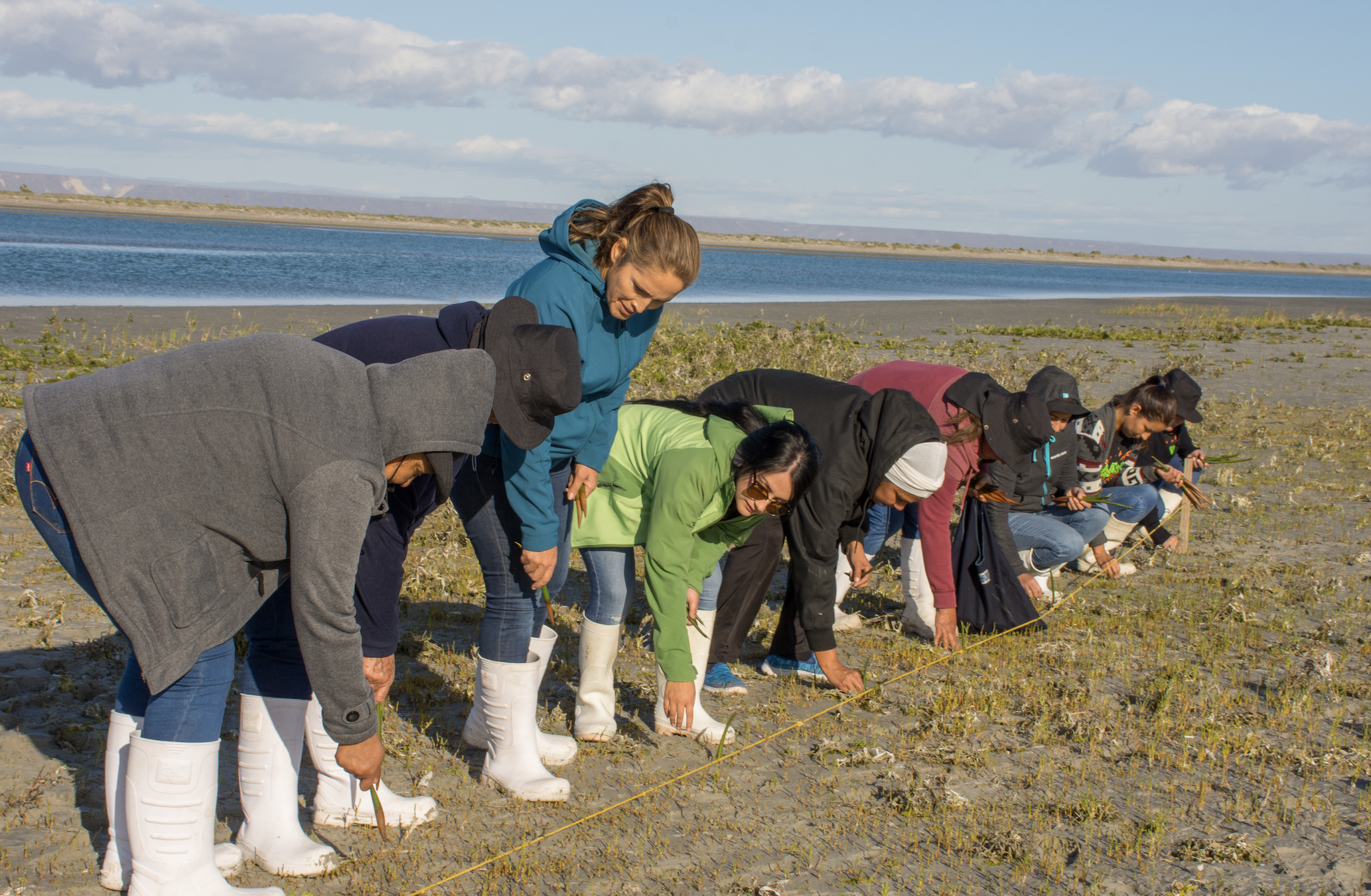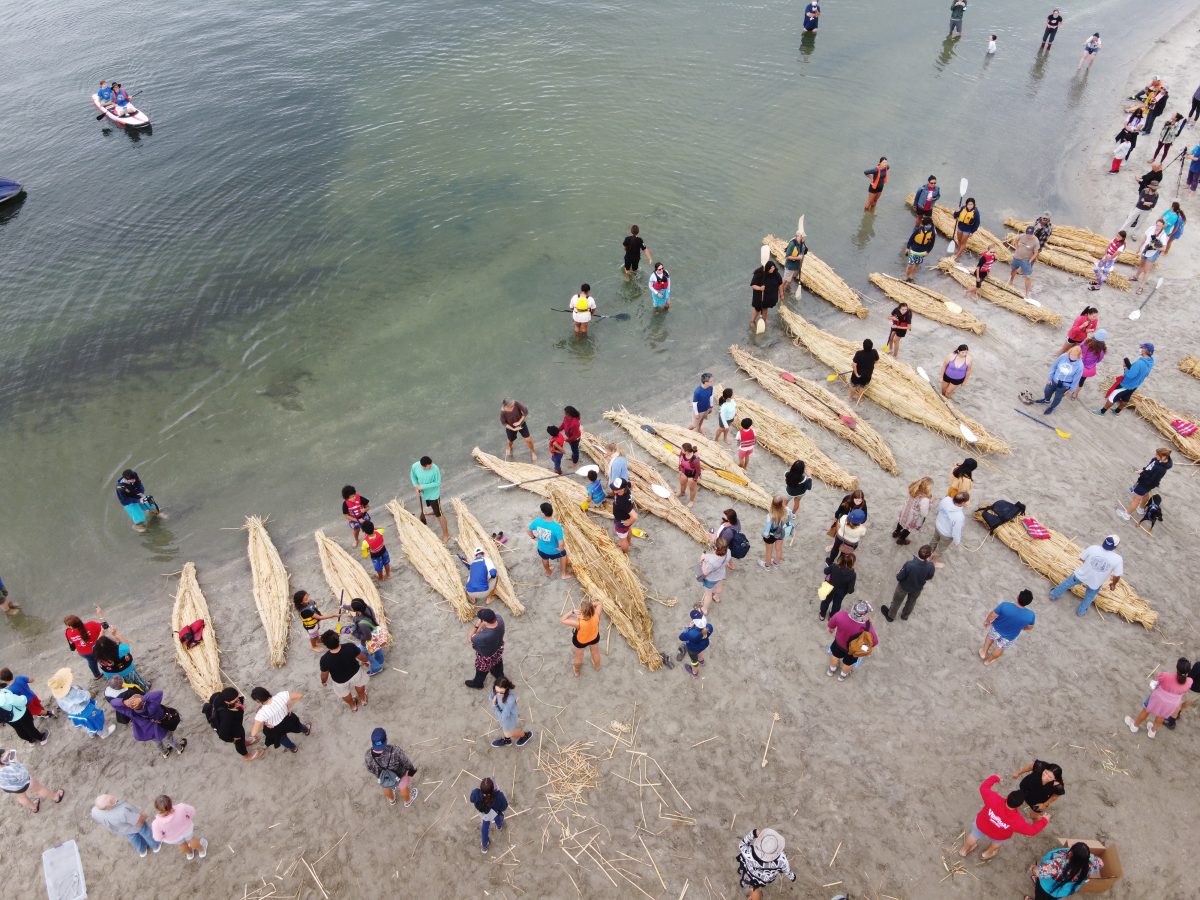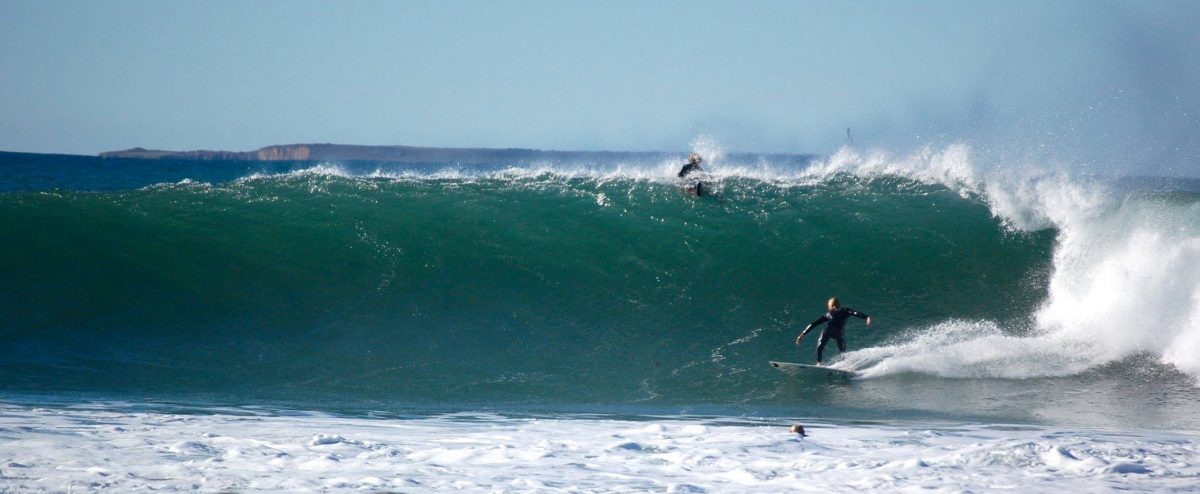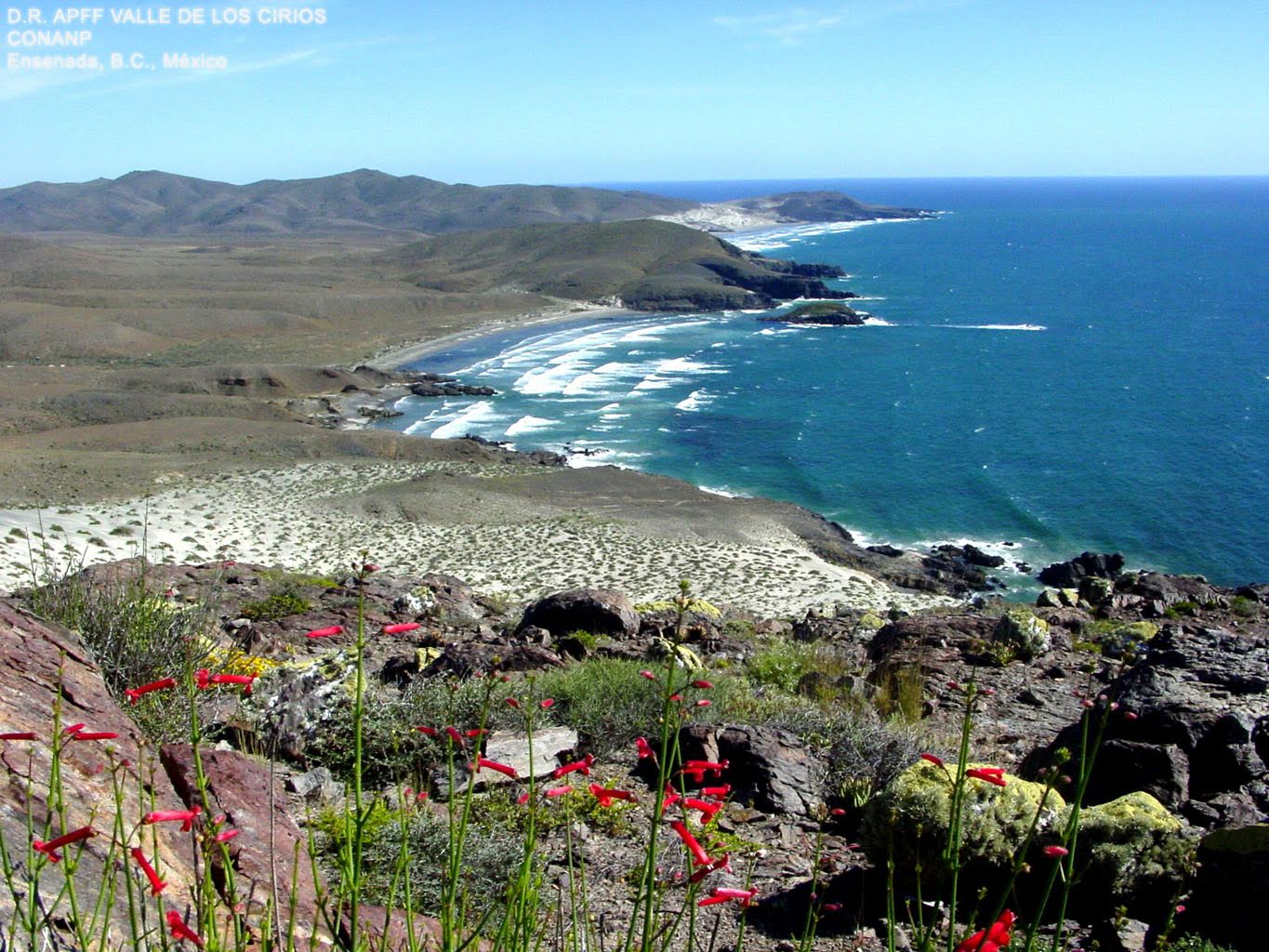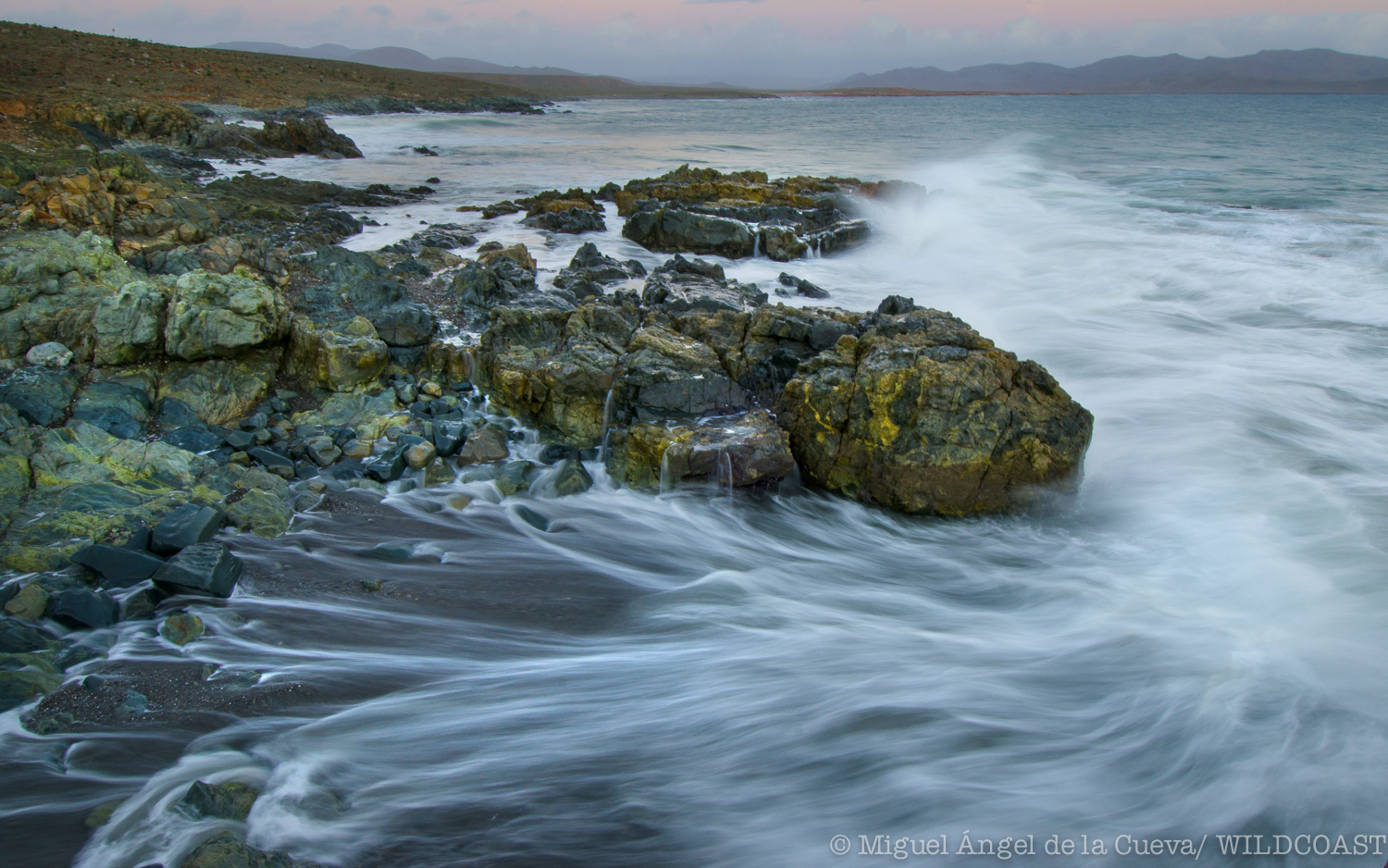Mining concessions, unforeseen developments and the burgeoning risks of climate change pose serious threats to the wildlife, ecosystem services and economic livelihoods that the Baja California Peninsula’s wildlands and offshore islands provide.
WILDCOAST is working with local fishing communities, ranchers, researches and Mexico’s National Commission for Protected Natural Areas (CONANP) to ensure additional layers of conservation protection. Utilizing a combination of direct land purchases, federal zone conservation concessions and improved protected area management we continue to conserve and protect some of the world’s most important desert coastlines.
Where We Work
Our programs ensure the protection of some of the last undeveloped desert coastline and islands left on the Baja California Peninsula.
See More Areas39.5
miles of coastline protected on Baja California’s Valle de los Cirios Pacific Coast though purchases and easements
22
protected area monitoring trips carried out in 2020
100%
of protected properties certified with the Mexican Federal government
In the Wild
Check out the latest updates from our blog
